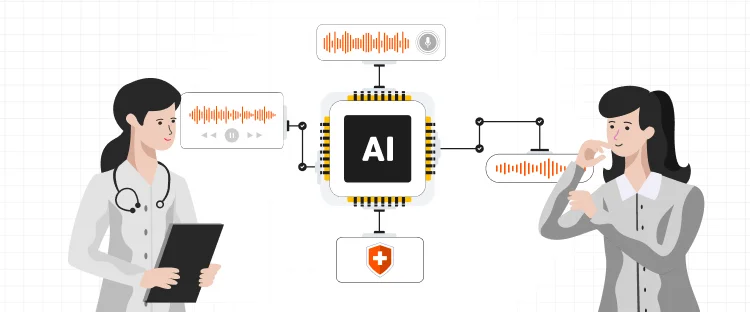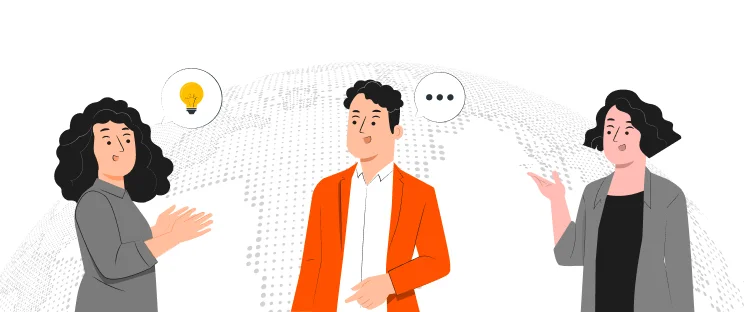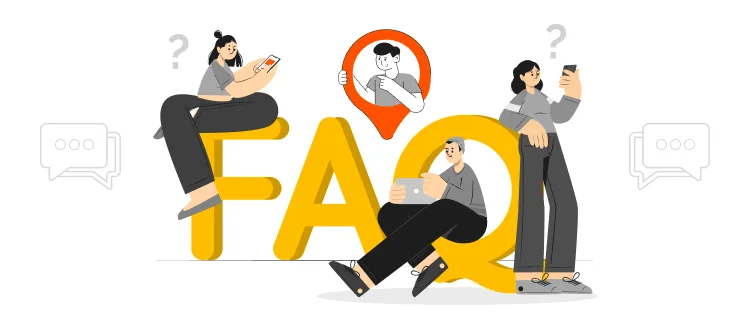By: Maria Harley Posted on Wed, 22-05-2019

From the outside, Chinese seems like a vast singular language. At a closer look, however, it can be observed that it is extremely diverse all over the country. If you are thinking about learning or translating something, it is essential to know the difference between simplified and traditional Chinese.
Chinese doesn’t stand as one individual language, rather it is a family of languages. It very similar to the family of roman languages in that regard, meaning that many different versions have evolved from a single language, each one having its own unique features.
Mandarin was evolved from Beijing, often known as Guoyu or Putonghua - standard or common language - is spoken by a vast majority of 900 million Chinese people. This also includes many of the Chinese communities that live in other parts of the world including South America, Hawaii, and Europe.
Over the course of many years, Chinese has evolved into many different dialects. These dialects have been classified into seven groups. These groups are as follows:
Chinese - or some form of Chinese - is spoken by almost 1200 Million people (16% of World population) as a first language. A significant number can also be found throughout Southeast Asia, including Indonesia, Thailand, Singapore, and Malaysia.
In fact, Chinese is the official language of Singapore, where it is simply known as Chinese and not by its version. It is also the official language of China (obviously), as well as Taiwan. Macau and Hong Kong have Cantonese as their official language.
Interestingly, Chinese people have a trend of bilingualism especially found in Taiwan and China. For example, a Shanghainese may speak Standard Chinese in addition to Shanghainese. Or if they moved there from another native region, they might also be fluent in that particular dialect.
Cantonese and Standard Chinese is spoken by the natives of Guangzhou, while Taiwanese people are also known to speak Hakka or Minnan. Taiwanese is a relatively relaxed group of languages. While the writing remains formal, a lot of mixtures from other Taiwanese languages can be seen in spoken Chinese.
Chinese writing is one of the oldest writing systems in the world. There are different dialects spoken throughout the Chinese community, however, the version of writing are different entirely. These are divided into two classes:
This classification was the result of efforts being made by China to increase the literacy rate sometime around the end of the 19th century. Chinese writing was simplified in order to make it easier for people to read and write. As you had to learn about 4,000 characters to be a Chinese literate, and most of those characters are very complex.
Simplified Chinese is the preferred, as well as, the standard method of writing. However, in Taiwan and Hong Kong, the traditional way of writing is preferred.
To a person who is a non-Chinese speaker, all this classification may seem very confusing. Because let's face it, simplified Chinese is no way simple. There are many versions of spoken Chinese, the writing style, however, is the same.
But if you are someone who is looking for a translation or just simply wants to learn, here are a few major difference between the traditional and the simplified Chinese.
During the simplification of the Chinese language, around 1,027 characters were discarded. The reformers concluded that they had the same meaning. Other characters were discarded on the basis that they had the same sounds.
Reformers employed a number of strategies to simplify the shapes of the characters. For instance, using simpler characters and symbols to replace cursive characters. It also included removing some of the characters entirely, and also creating new ones from scratch. Somehow creating a milder version of the traditional characters while somehow conserving the original shape.
Due to the simplification o of the shape of the characters, simplified Chinese doesn’t have the distinction in its characters. Traditional Chinese, while extremely complex, holds a distinction in every character and also provides better pronunciation.
This is the reason why the traditional way of writing is used in Hong Kong for commercials and signboards.
The use of the type of writing style often depends on the age group. People who grew up with the traditional format find themselves more comfortable using it, even if it is more complex. Especially, if under some circumstances they missed out on learning the simplified script.
However, the younger age group feels more comfortable with the easier simplified writing version of the language.
There is also a geographical factor in play when it comes to the two different scripts. The use of simplified Chinese is abundant in mainland China, Malaysia, and Singapore. Yet, Macau, Hong Kong, and Taiwan still use traditional Chinese.
Evidently, it is quite a task to learn the Chinese language. If you are thinking about doing it then it is better that you start by speaking and listening. As for the writing script, it depends on the location that you are targeting. If you are learning it to move to Taiwan, Hong Kong, or Macau then you should learn traditional Chinese. But you can opt for simplified Chinese if you are moving to China, Singapore or Malaysia.

Colorado is said to be one of the best places to do business because the business environment is very friendly
Read More
The global marketplace has become an attractive place for brands and businesses, where they strive to create a presence of
Read More
CAD, or computer-aided design and drafting (CADD), is the use of computer technology for design and design documentation. CAD software
Read More
Many global companies, foreign governments and Iranian are hoping to see an increase in investment in Iran after declaring the
Read More
Artificial intelligence has taken a big space in almost every industry. There is also a widespread acceptance that AI is
Read More
Persuasion is all about manipulating other people behavior. At first it might sound immoral but it doesn’t have to be.
Read More
Now days everyone is searching for good ideas for their company they wanted to be more creative, they wanted to
Read More
Technology has now much diverse roots in this age of development. Now it is not wrong to say, that you
Read More
Localization is the practice of altering the functional properties of a product and also its characteristics. This is easily done
Read More


Document Translation
Professional document translation by native expertsApp Localization
Get more downloads by adapting your app for different target marketsVideo Translation
Multilingual translation and subtitling servicesWebsite Localization
Adapt your website into multiple contexts for global reachSoftware Localization
Adapt your software for global usersGame Localization
Reach new players with localized gameplayMTPE
Refine AI translations for natural fluencyBusiness Translation
Professional translation for business documents and websitesDTP & File Conversion
Professional DTP and File conversion, supporting multiple file formatsProofreading
Perfect your content with expert review© Copyright 2026 MarsTranslation